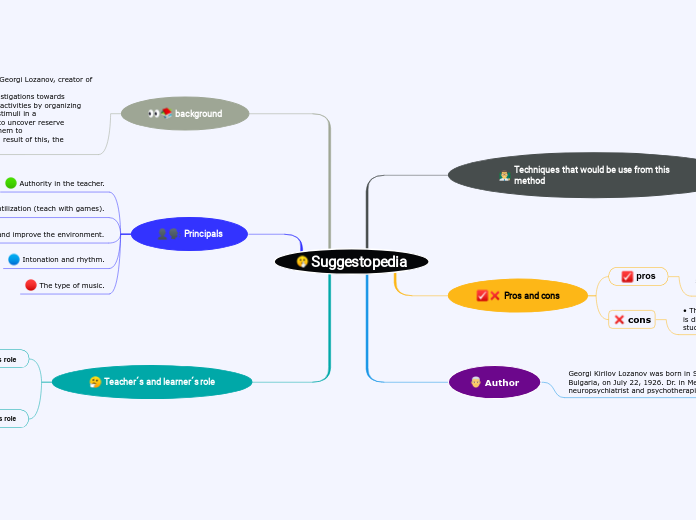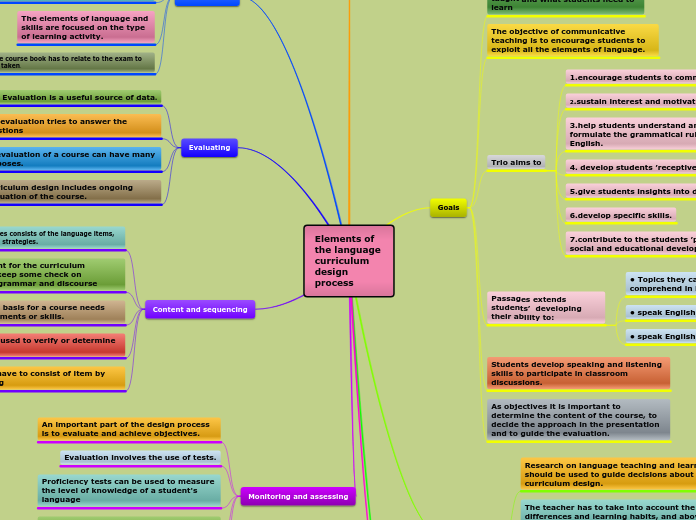por Raúl Arenzana 13 anos atrás
377
Conceptual Map Photography
Photography involves various shot types, each with distinct characteristics and purposes. Extreme big long shots capture the entire environment without focusing on a specific subject, while extra big close-ups zoom in on a tiny part of the subject'









